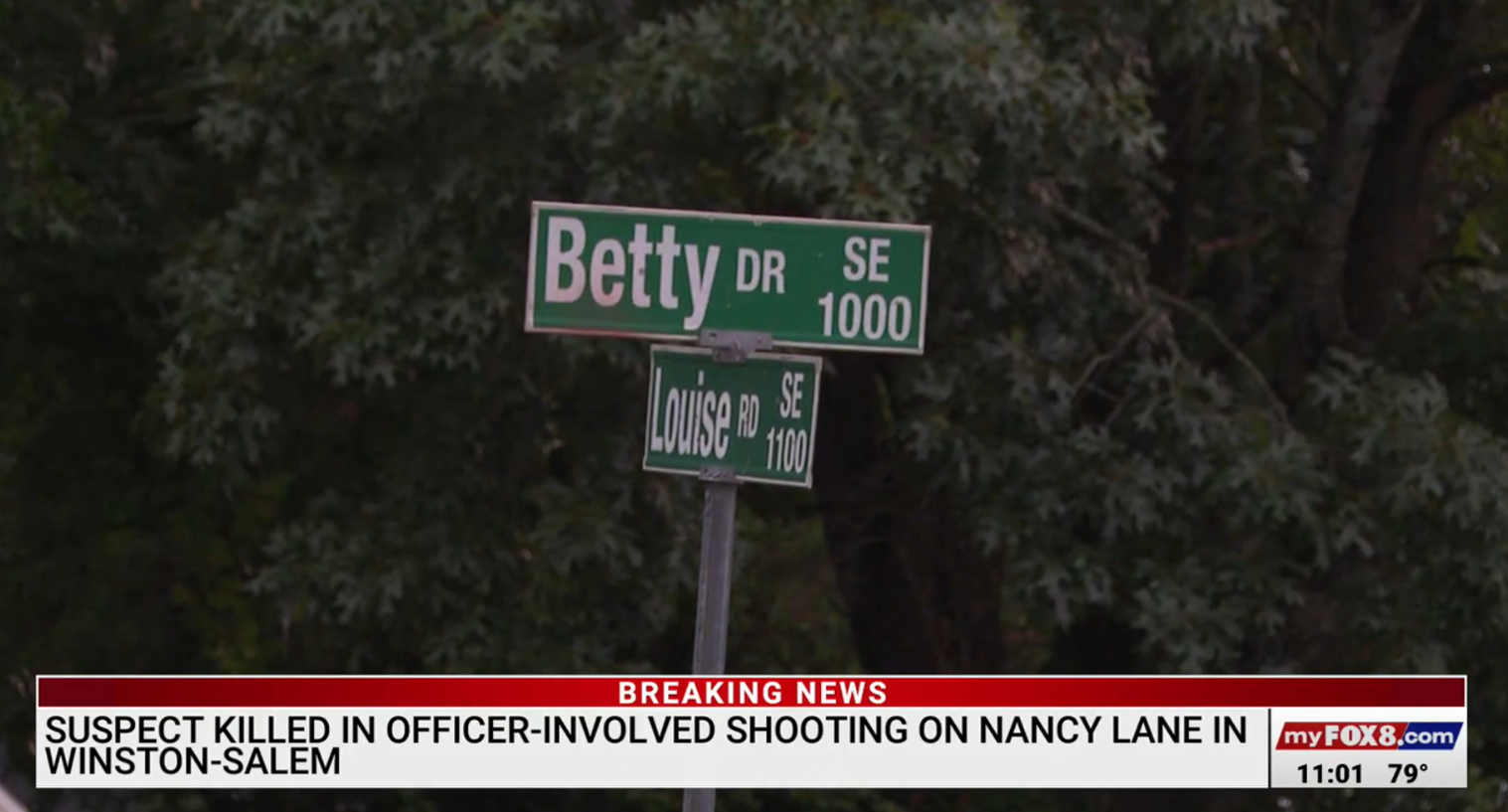A tense confrontation on a quiet residential street in Winston-Salem, North Carolina turned deadly on Friday evening, culminating in an officer-involved shooting that left 34-year-old Antonio Irene Betancourt dead outside a home on the 1000 block of Nancy Lane. The incident, which occurred around 6:05 p.m., is now under formal investigation by the North Carolina State Bureau of Investigation (SBI), as the Winston-Salem Police Department seeks to understand the full sequence of events that led from a routine warrant arrest to fatal gunfire.
According to initial police reports, two Winston-Salem officers arrived at the scene to arrest Betancourt, who was wanted on multiple outstanding warrants. These included charges for carrying a concealed firearm, possession of marijuana, and possession of drug paraphernalia. The situation escalated almost immediately. As officers attempted to take Betancourt into custody, he reportedly began to resist, and a physical struggle ensued.
During the altercation, authorities say Betancourt produced a firearm and discharged it, striking one of the officers in the chest. Fortunately, the round hit the officer’s ballistic vest, which absorbed the impact and likely prevented serious injury or death. In response to the gunfire, the second officer on the scene drew their service weapon and shot Betancourt. Emergency Medical Services responded shortly thereafter, but Betancourt was pronounced dead at the scene.
The scene of the shooting—a normally quiet stretch of Nancy Lane—was quickly sealed off by police, with crime scene tape encircling the immediate area as officers and forensic teams worked late into the evening. Local residents described the area as being flooded with law enforcement vehicles, lights flashing against the dusk sky, the silence of the suburban street broken by the urgency of radios and sirens. The fatal incident has cast a heavy shadow over the neighborhood and raised pressing questions about use of force, escalation, and accountability.
In accordance with standard protocol in North Carolina, the State Bureau of Investigation has been brought in to conduct an independent review of the officer-involved shooting. This external investigation is designed to ensure transparency and impartiality, and it will include a comprehensive assessment of body camera footage, eyewitness accounts, ballistics analysis, and the officers’ adherence to departmental procedures during the confrontation.
As is customary, the officers involved in the shooting have been placed on administrative leave pending the outcome of the investigation. The name of the officer who fired the fatal shot has not yet been released, nor has the name of the officer who was shot in the vest. The condition of the injured officer is reported to be stable, with no physical injuries beyond the blunt trauma absorbed by the ballistic armor.
Antonio Irene Betancourt’s death is the latest in a series of police-involved shootings that have sparked renewed debate in communities across North Carolina and beyond. While early reports emphasize that Betancourt fired a weapon during the struggle—escalating the encounter into a life-threatening situation for the officers—public scrutiny will now shift to whether the police response was proportionate, and whether alternative tactics might have led to a non-lethal outcome.
The fact that Betancourt was being sought for non-violent offenses—primarily gun possession and drug-related charges—adds complexity to the public’s perception of the shooting. While those offenses are criminal under North Carolina law, critics often point out that the risk of fatal encounters during low-level arrests raises broader questions about policing strategy, especially when suspects are known to be armed or distressed.
Community advocates and legal analysts are expected to monitor the SBI’s findings closely, particularly as they relate to the officers’ decision-making, the timeline of the exchange of gunfire, and whether de-escalation protocols were followed. Body-worn camera footage, once reviewed and potentially released, may play a pivotal role in shaping public understanding and institutional accountability.
At the heart of the incident remains a cascade of life-altering consequences. A man is dead. An officer narrowly escaped death. A neighborhood was rattled by violence. And a department now waits under the lens of official scrutiny. For the Betancourt family, there are likely to be difficult days ahead as they grapple with the circumstances of his death, public reaction, and legal proceedings to come.
The Winston-Salem Police Department has stated that it will cooperate fully with the SBI investigation and will release further information as it becomes available. For now, the department is urging the public to allow the facts to emerge before drawing conclusions, while emphasizing that the safety of officers and the public remains their top priority.
In the broader context, this shooting also arrives amid ongoing national conversations about law enforcement’s engagement with communities of color, systemic disparities in criminal justice, and the ever-present dangers of armed encounters between civilians and police. North Carolina, like many states, has attempted in recent years to improve oversight and transparency around officer-involved shootings, but each incident tests the effectiveness of those reforms.
As investigators sift through physical evidence and reconstruct the chain of events on Nancy Lane, Winston-Salem residents are left to reckon with the realities of violence, fear, and unresolved tensions. Whether Antonio Irene Betancourt’s death will result in policy changes, legal consequences, or communal healing remains to be seen—but one thing is certain: for the families involved, the trauma of Friday evening’s gunfire will not soon fade.

